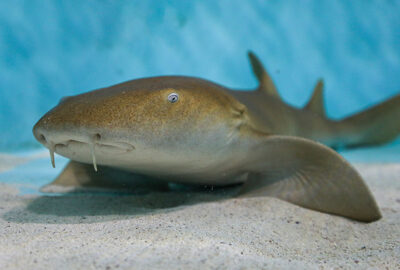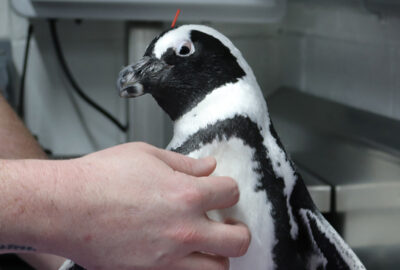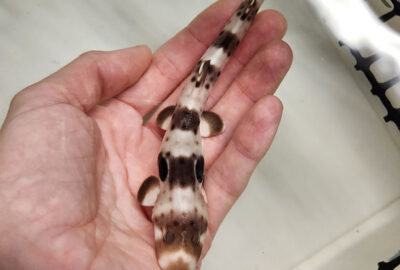Please note: The next available entry for tickets purchased today, Saturday April 27th, is 4:40pm. We strongly encourage purchasing tickets in advance to guarantee entry, as we do sell out on weekends.
Staghorn Coral: An Endangered Species at the Aquarium
They’re not often the star of the show when there’s a colorful tropical fish to admire, but reefs provide essential habitats for many different marine animals. Learn more about how we care for live corals at the Aquarium and efforts to protect these endangered species.
By New England Aquarium on Friday, January 27, 2023

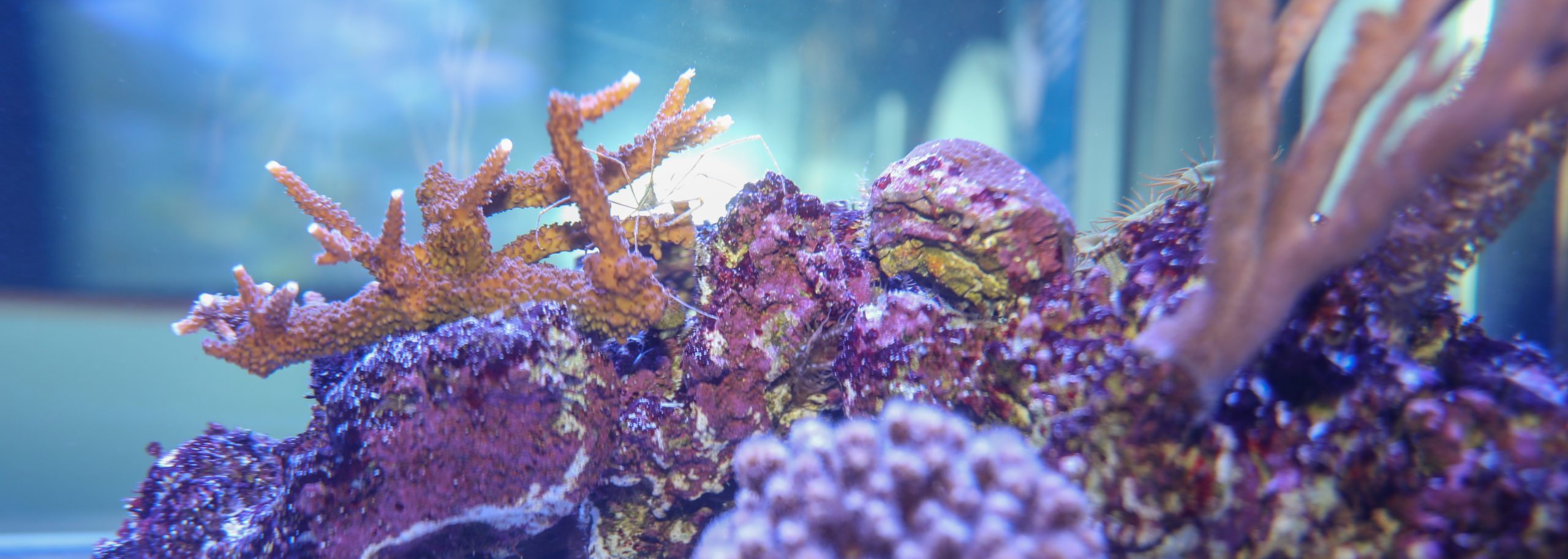
Corals are delicate animals made up of tiny polyps—relatives of jellies and anemones—which form colonies, working together as a single organism. While individual coral polyps are tiny, together, coral reefs make up the largest structures on earth of biological origin, and reefs like the Great Barrier Reef reflect thousands of years of history.
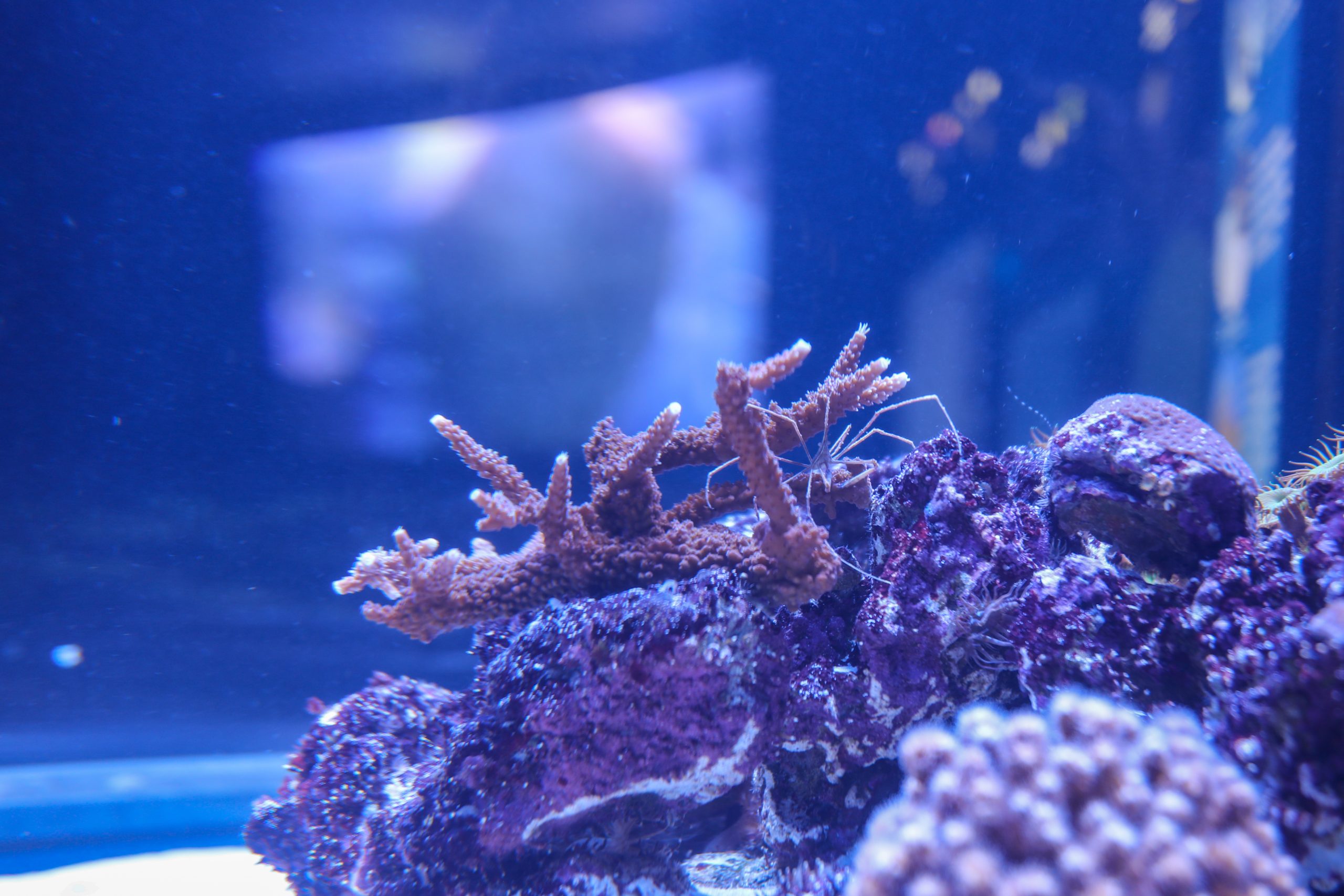
At the Aquarium, visitors can see the diversity of a Caribbean reef ecosystem in our Yawkey Coral Reef Center and admire the many shapes and colors of different coral species—of which there are more than 6,000! Upstairs in the Yawkey Coral Reef Center at the top of the Giant Ocean Tank, living corals are also on display. That exhibit space includes our newest resident, Staghorn coral, a species that is part of important reef restoration work in Florida.
Sean Costello, a Senior Aquarist in our Yawkey Coral Reef Center, is managing the care of these seriously endangered corals, both in their current home in the Garden Eels exhibit as well as behind the scenes. When it comes to ocean conservation, “Staghorn corals have a pretty important story,” Sean said, and protecting them in the wild is a major, ongoing effort.
Why is staghorn coral at risk?
Staghorn corals are a species of stony coral—the types of coral which form many reef structures—that live in tropical reefs in the Caribbean and southern Florida. At one time, Staghorn corals were a dominant species, providing habitats for many other marine animals. But today, they’ve been decimated by disease, and only about three percent of the historical population remains.
Their diminishing numbers also make it difficult for the coral to reproduce. Staghorn, like many stony coral species, are broadcast spawners, releasing eggs and sperm into the water. With geographically isolated populations, it can be hard for fertilization to occur. That’s why restoration efforts are focused on “replanting” reefs by breeding and reintroducing stony corals to their habitat off the Florida coast. In a project led by the Association of Zoos and Aquariums, other institutions are also conducting research into the coral’s genetics and factors that can help corals be more resilient in the wild. Raising the corals in aquarium facilities also creates a “bank” of these endangered animals as researchers work to combat the stony coral tissue loss disease that is decimating reefs.
Sean has seen some of those preservation efforts up close during a visit to Florida. “We saw the coral trees and the baby corals being planted, as well as land-based nursery work, where corals are growing to a certain size before moving into the ocean,” Sean said. “It’s really neat to be able to go out and see some of this in the wild.”
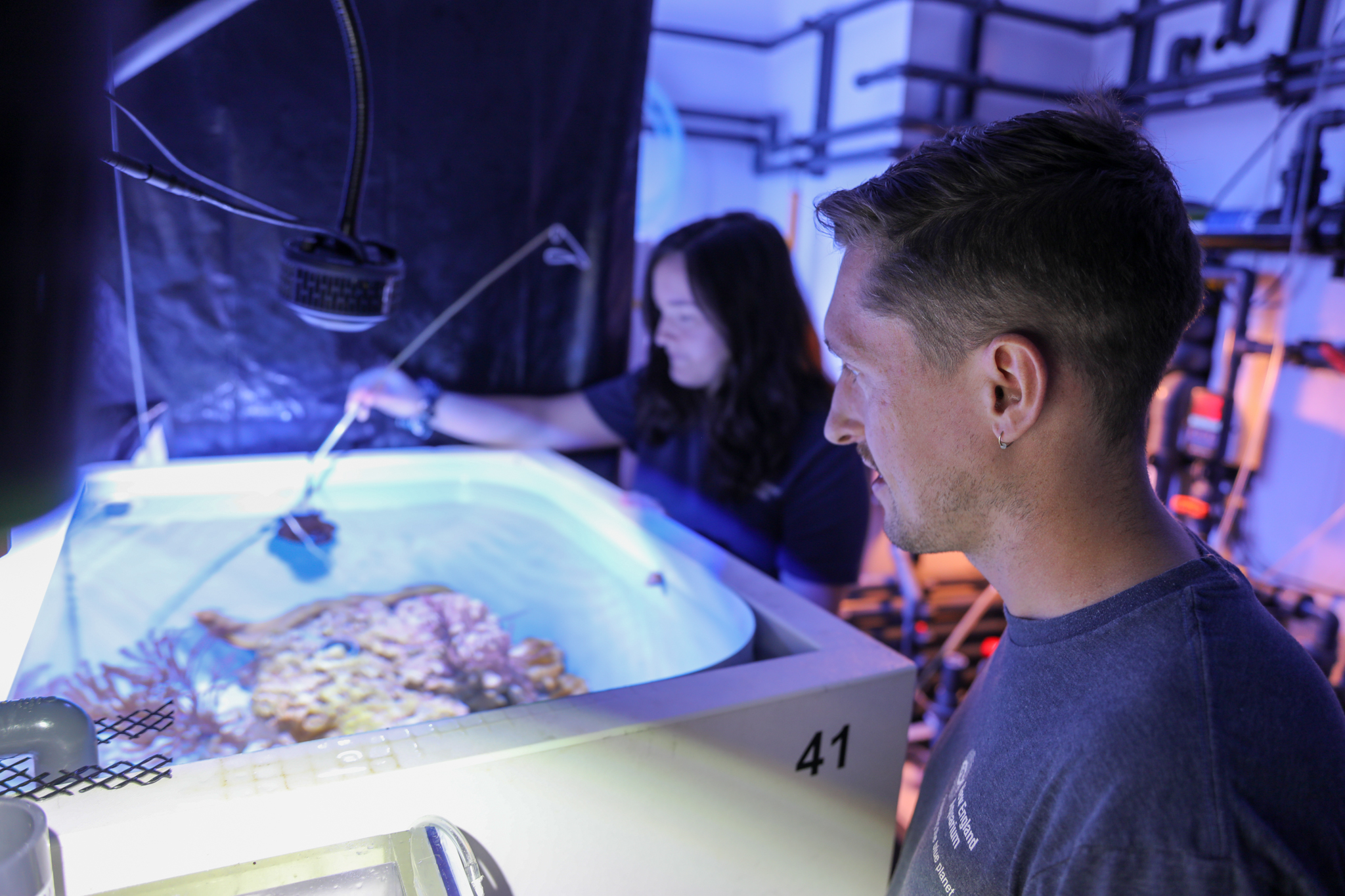
Caring for corals at the Aquarium
So, what does it take to care for a live coral? “They need light to grow, and they need really good water quality,” said Sean. The Staghorn coral is “super sensitive” to any changes, so Sean closely monitors the temperature, pH, alkalinity, and nutrient levels in the water. Flow is also key for sustaining the coral’s life functions. “They’re stationary, so having oxygen and food brought to them through the water is super important,” said Sean. Under the right conditions, in natural sunlight, these corals can grow eight inches per year.
Monitoring the coral’s well-being also means observing its appearance. A healthy coral will be the appropriate color for its species—not pale—and the coral’s individual polyps should be open and active, giving the coral a “fluffy” appearance. Healthy corals are mutually beneficial for other animals in the exhibit, too, providing opportunities for interactions that replicate both animals’ behavior in the wild.
Having live corals like the Staghorn coral at the Aquarium also makes these endangered species more accessible—and, hopefully, inspires people to take action to protect their habitats. “You really only get to see them out in the wild if you’re lucky,” said Sean. “I think it’s cool to showcase something that’s somewhat native to the United States that people might not know about.”
Sean is caring for the coral in the exhibit as well as Staghorn coral behind the scenes, too. Eventually, as that coral grows, it will need to be trimmed back. Those smaller pieces, called “frags” or fragments, can be attached to ceramic tiles or plugs and grow into a new colony, which will be a clone of the original colony, and can be displayed in other Aquarium exhibits or shared with other institutions.
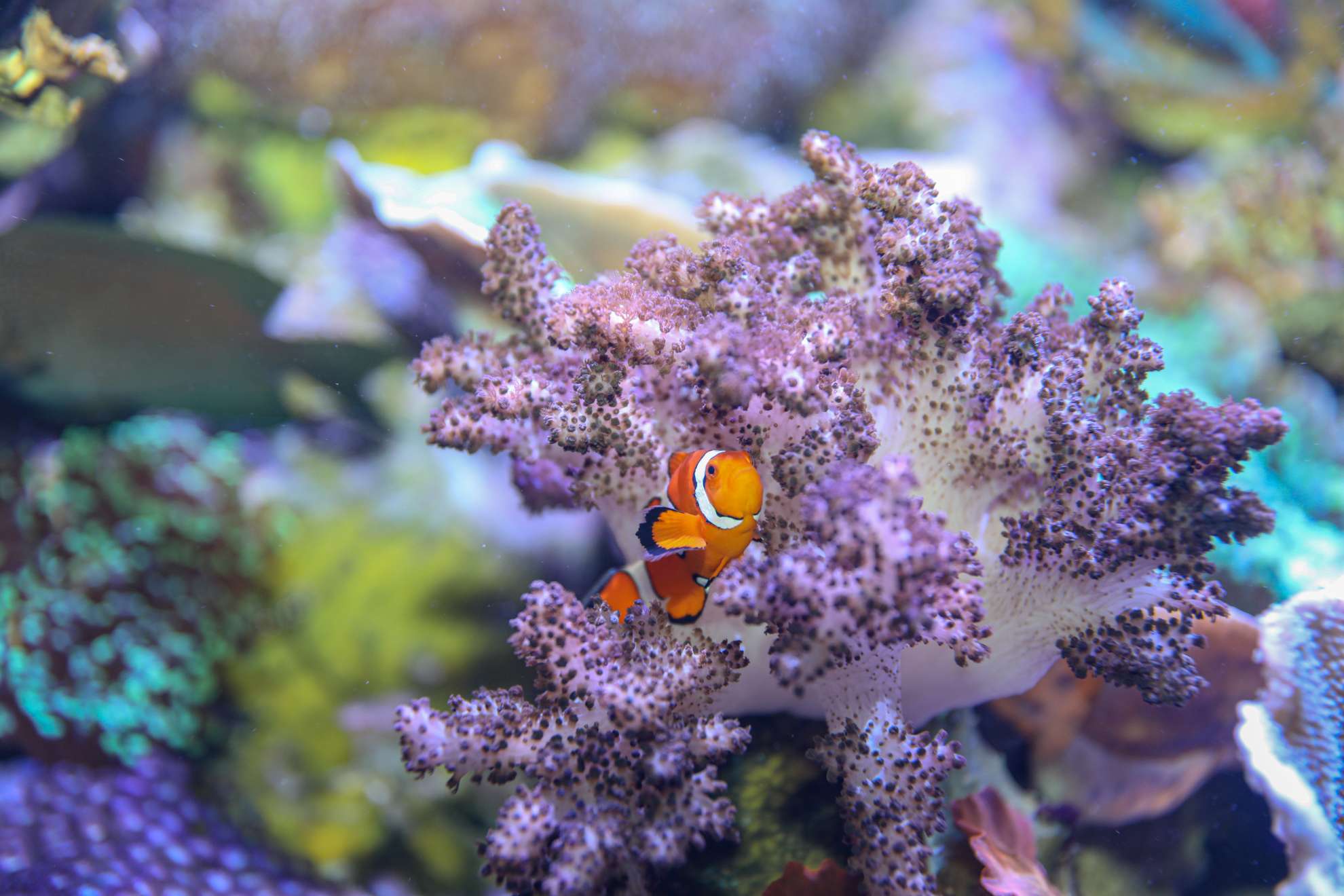
Protecting reefs in the ocean
While efforts are underway to rescue the Floridian coral reefs, there are actions individuals can take to help protect these vulnerable animals. If you are snorkeling or boating near a reef, be mindful of the fragile corals and don’t touch or bump them. Wearing reef-safe sunscreens, which are free of chemicals that can harm corals, is also an easy and effective change to make. Just being aware of your impact on the environment and taking steps to mitigate it can help preserve these critical marine habitats, Sean said.
“A lot of people don’t realize it, but Florida has the third-largest barrier reef in the world,” said Sean. “And it’s being affected by a lot of issues right now, including climate change.”
Sean is glad to be able to highlight these endangered corals at the Aquarium and make people aware of the challenges facing fragile reef ecosystems. While corals might not always be in the spotlight at the Aquarium, they’re essential for many ocean animals you’ll see—including sea turtles like Myrtle.
“If we lost these reefs, you wouldn’t really get to see a lot of the fish that you see everywhere else. They can be nurseries for a lot of species,” he said. “It’s kind of like a little city. Everything starts there.”

